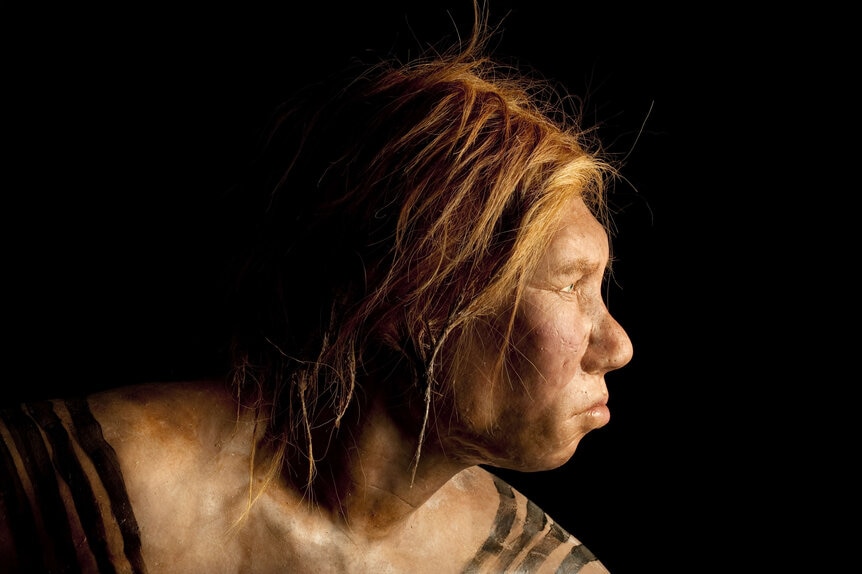Create a free profile to get unlimited access to exclusive videos, sweepstakes, and more!
Building New Antibiotics from Neanderthal DNA
They might be hiding an antibacterial superweapon in their genes.
John Carpenter’s The Thing demonstrates in blood-splattering detail why ancient organisms should be met with a measure of caution. Human beings, exposed to organisms lost to time, might be transformed into homicidal shape-shifting monsters or they might develop the next weapons in the war against bacteria, at least according to a study published in the journal Cell Host & Microbe.
The discovery of penicillin allowed us to effectively treat bacterial infections for the first time, saving countless lives in the process. Bacteria, however, aren’t static things. They are moving targets, alive and responding to the world around them. As soon as we started attacking them, they started fighting back by mutating and changing, evolving in new ways to survive. What followed was a biological arms race between humanity’s medical scientists and the microscopic natural world.
Scientists Find Antimicrobial Peptides in Neanderthal DNA
Today, there is growing concern about antibiotic-resistant bacteria and what, if anything, we can do to keep winning the war against pathogens. Crafting a new kind of antibiotics is no easy feat and scientists need a roadmap, a biological foundation to build from. To that end, a team of scientists from the University of Pennsylvania built a machine learning algorithm designed to search the human genome for potentially useful proteins.
RELATED: Killer Antimicrobial Named for Keanu Reeves’ Deadly Roles
The algorithm sifted through human proteins in search of peptides used in the body’s immune response. The idea being that any peptides used to fight off infections in the body might be a worthwhile foundation for creating new antibiotics. They identified roughly 2,500 peptides which appear to have potentially useful anti-infective properties. Having seen the success of the system at combing through the human genome and proteome (the collective name for all proteins produced by an organism) they wondered if they might find useful peptides in other closely related species.
With that in mind, researchers developed a new algorithm designed to search through the genome and proteome of Neanderthals and Denisovans, two ancient but closely related human species. The idea being to identify potentially useful peptides in the genomes of our lost cousins and use them in the same way to create antibiotics that our bacterial adversaries won’t see coming.
RELATED: Humans have had mystery DNA for 300,000 years—and now we might finally know what it is
Having identified potentially useful proteins, the team built Neanderthal peptides from scratch using a process called solid phase chemical synthesis. The process links individual amino acids in a chain until a peptide is constructed. Then they used their resurrected peptide, known as neanderthalin-1, to fight a skin infection in mice... and it worked! In fact, it worked about as well as a standard antibiotic called Polymyxin B.
Don’t expect to see neanderthalin-1 show up at your doctor’s office anytime soon, but researchers hope it is only the first in a long list of resurrected peptides which could lead to a new class of potent antibiotics. It’s one final gift from our lost human siblings, lending us their peptides from across deep time.
With any luck, these ancient biomaterials will make us better able to fight off invaders, be they space aliens or microscopic stowaways. Catch The Thing, available from Universal Pictures.



















